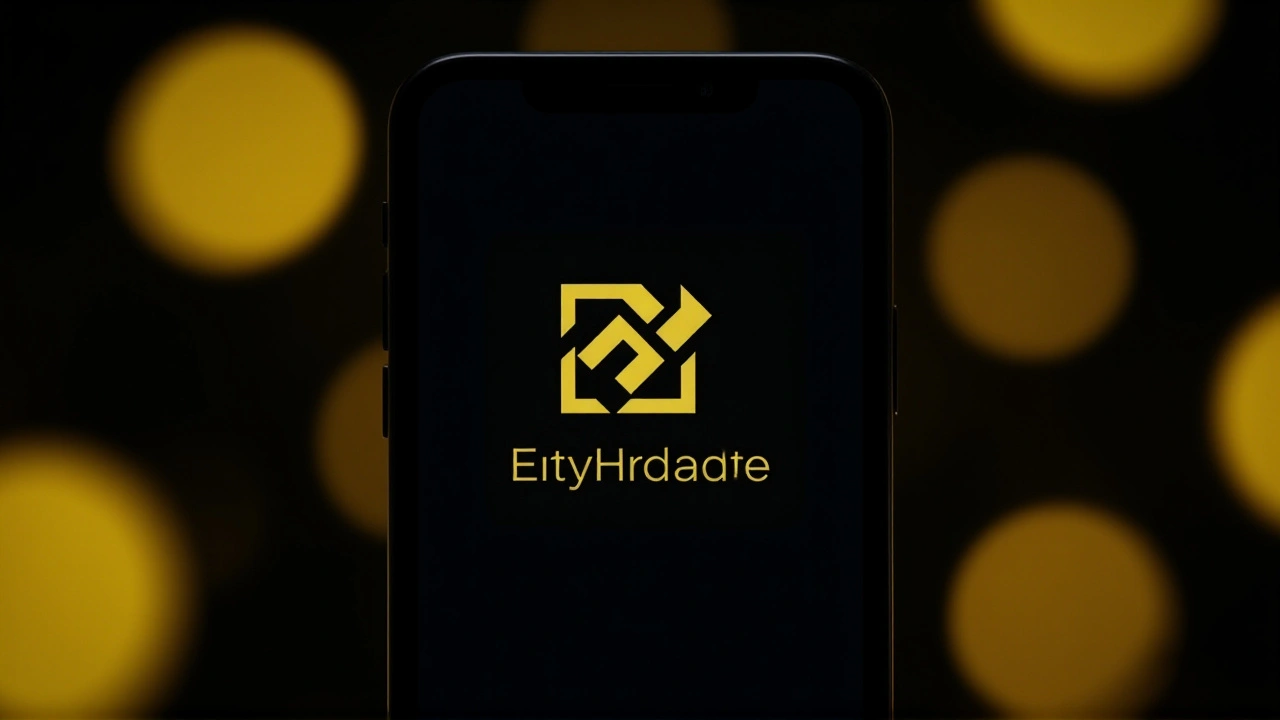Bitcoin reserve: A Practical Overview
When dealing with Bitcoin reserve, a collection of BTC held as a strategic asset, often for investment or hedging purposes. Also known as BTC reserve, it sits at the intersection of finance and technology, demanding both market insight and technical know‑how.
At its core, a Bitcoin reserve encompasses three critical parts: the amount of Bitcoin owned, the method of storage, and the policy governing its use. The amount is measured in coins or satoshis, the storage can be a digital wallet, software or hardware that safeguards private keys, and the policy defines when to buy, sell or hold. This trio creates a semantic triple – “Bitcoin reserve requires secure storage”, “Bitcoin reserve includes digital wallet management”, and “Bitcoin reserve is guided by investment policy”. Understanding each piece lets you treat the reserve like any other financial portfolio.
Key Technologies Shaping Bitcoin Reserves
Behind every reserve sits blockchain, the distributed ledger that records every BTC transaction. The blockchain influences reserve strategy by providing transparency, immutable history, and real‑time price feeds. Because the ledger is public, you can verify holdings without revealing identities – a feature that fuels both trust and privacy. Another related entity is the cryptocurrency, the broader class of digital assets that includes Bitcoin, Ethereum and dozens of altcoins. While Bitcoin often serves as the anchor, diversifying into other cryptocurrencies can balance risk and enhance returns. Stablecoins, a subset of crypto pegged to fiat currencies, act as liquidity buffers; they let reserve managers quickly move value without exiting the digital ecosystem.
These technologies interlock: “Blockchain enables cryptocurrency trading”, “Cryptocurrency diversification supports Bitcoin reserve stability”, and “Stablecoins provide liquidity for reserve adjustments”. By mapping these relationships, you see how a reserve isn’t just a pile of coins but a dynamic system that reacts to market swings, regulatory shifts, and tech upgrades.
Finally, consider the practical side. Secure storage options range from cold hardware wallets like Ledger or Trezor to multi‑signature vaults offered by custodial services. Each choice affects cost, accessibility, and risk exposure. Regulatory frameworks, especially emerging rules on digital asset reserves, also shape how institutions report and tax their holdings. Keeping an eye on policy changes ensures your reserve stays compliant and optimally taxed.
Armed with this backdrop, you’re ready to dive into the collection of stories below. They explore real‑world examples of Bitcoin reserve management, from corporate treasury moves to national debates on digital gold. Whether you’re a beginner looking to start a small reserve or an experienced investor fine‑tuning a large portfolio, the insights ahead will give you concrete steps and fresh perspectives.

